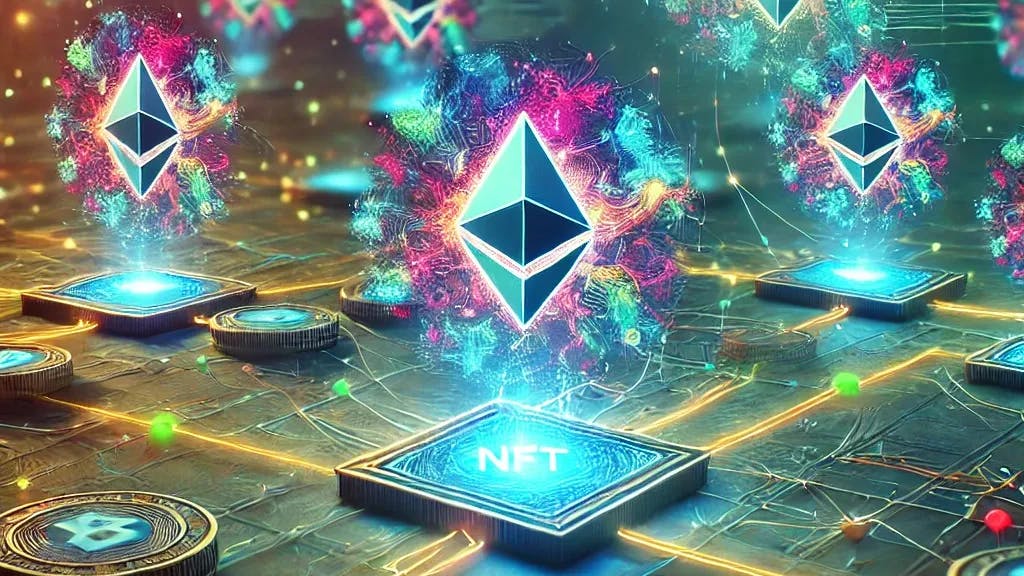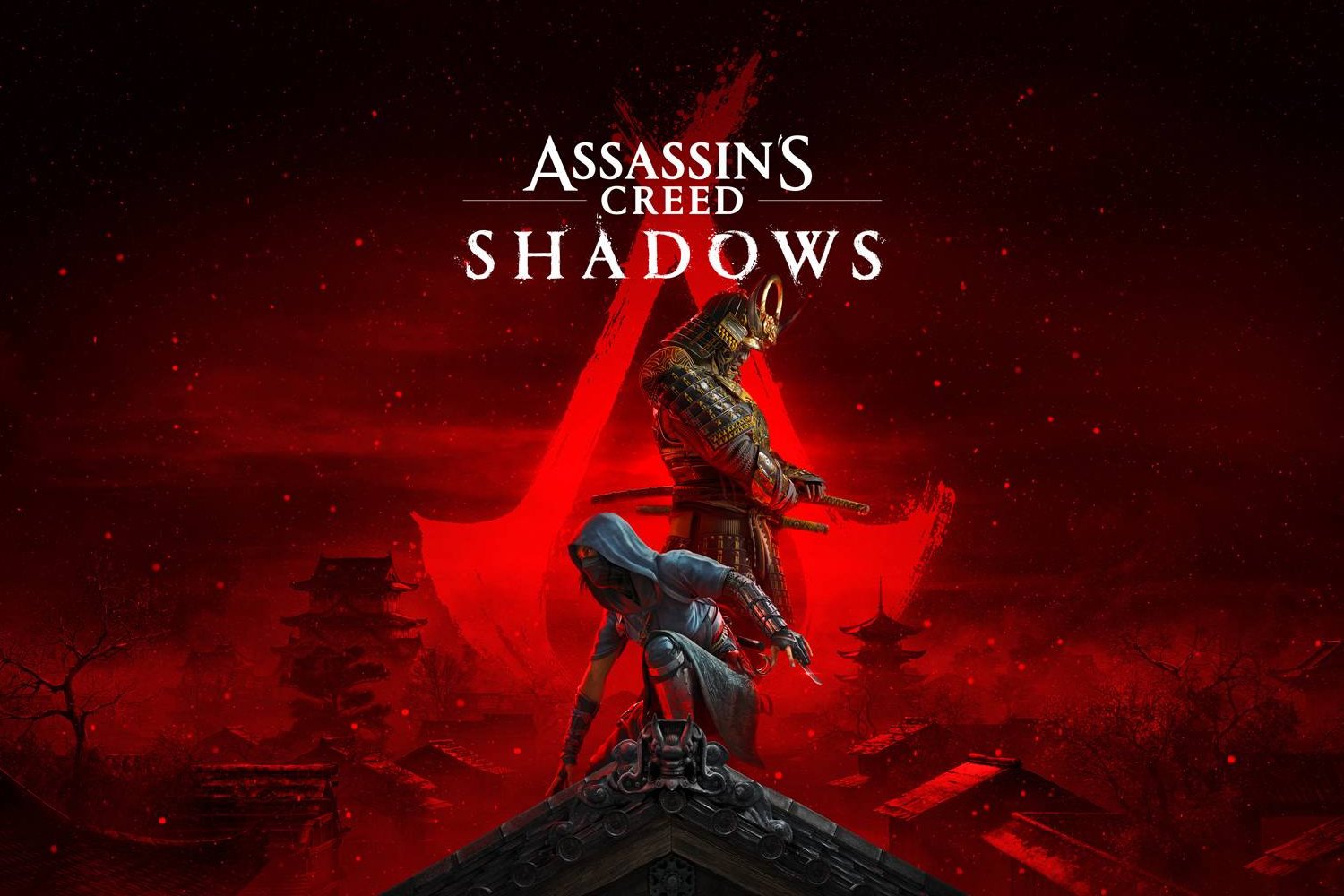Author:
(1) Prakhyat Khati, Computer Science, University of Saskatchewa, Saskatoon, Canada ([email protected]).
Table of Links
Abstract and 1 Introduction
2 Related Works
3 Datasets and Experiment Setup
4 Methodology
4.1 NFTs Transaction Network
4.2 NFTs Bubble Prediction
5 Discussion and Conclusions, and References
ABSTRACT
Non-fungible tokens (NFTs) are unique digital items with blockchain-managed ownership. Ethereum blockchain-based smart contract created the environment for NFTs (ERC-721) to reach its one of the most important future application domains. Nonfungible tokens got more attention when the market saw record-breaking sales in 2021. Virtually anything of value can be traced and traded on the blockchain network by minting them as NFTs. NFTs provide the users with a decentralized proof of ownership representation, as every transaction and trade of NFTs gets recorded in the Ethereum network blocks. The value of NFTs is derived from their being “non-fungible,” meaning that the token cannot be replaced with an identical token (giving it inherent scarcity). In this paper, we study the growth rate and evolutionary nature of the NFT network and try to understand the NFT ecosystem. We explore the evolving nature of the NFT interaction network from a temporal graph perspective. We study the growth rate and observer the semantics of the network. Here on the observer network, we will run two graph algorithms on the dataset. Lastly, observe and forecast the survival of NFTs bubble by applying the Logarithmic periodic power law (LPPL) model to the time series data on one of the most famous NFT collections,” CryptoPunks” (predicting price increase), which has seen sales of around $23.7million around mid of 2021.
1. INTRODUCTION
Blockchain is a distributed database that is shared among the nodes of a computer network. It allows digital information to be recorded and distributed. Blockchain and cryptocurrency have been tightly coupled since the birth of blockchain technology with Bitcoin. Ethereum is an upgraded blockchain in terms of scalability and functionality compared to Bitcoin[1]. Ethereum paved a new way by introducing an automation layer on top of a permissionless blockchain fabric, using complex smart contracts executed by a decentralized network. This led to blockchain development into its current avatar, where decentralized applications are written on the framework. Ethereum blockchain is a transaction-based state machine, where the stare is made up of accounts. The transfer of values and information between accounts causes transitions in the global state of Ethereum, which are recorded in the blockchain[2]. Understanding how the distributed blockchain works is quite complex. There are different entities involved, such as miners who create blocks by verifying the transaction and adding the transaction to the distributed ledger by solving the consensus algorithm. In addition to the native unit of value ether, the Ethereum blockchain allows the use of the tokens-an abstraction of digital assets, with the help of suitable data structures and methods implemented through a smart contract. Appropriate smart contracts can be used for implementing various types of tokens. Smart contracts are the heart and soul of cryptocurrencies and other tokens. NFTs are governed and stored by smart contracts, and these smart contracts will lay the foundation and terms of sale[3]. In the Ethereum blockchain, ERC-20 [4]standard applies for a fungible token,[5] like the ETH [6](ether). If an ERC-721[7] standard is applied, then we are dealing with NFTs.
Non-fungible tokens are unique digital assets on a public blockchain[8]. Unlike the fungible token, NFTs introduced standardization, interoperability, tradability, liquidity, immutability, provable scarcity, and programmability[9]. All these disruptive elements made NFTs personal property, not contract or pure intellectual property license.[10]. NFT applications are now a hot research topic, but till today context NFTs are linked to a digital context. Digital arts are one of the first applications of NFTs to showcase the item owned and the ability to trade those items[11]. The year 2021 was NFTs year; there were more than a million transactions on the Ethereum blockchain network each day just for NFTs only. The trading currency used was either ETH or WETH.
If we change that into fiat currency such as dollars, then all those trade transactions were worth millions of dollars each day. In April 2022 the overall market capitalization of the top NFTs collection is around $13,492,390,000[12]. The instant growth naturally led people to question whether the current NFT market is a bubble[13] or not. To answer this question, one of my research questions aim to identify and predict the bubble of one of the popular NFT “CryptoPunks” market from its empirical data. We used Logarithmic Periodic Power Law (LPPL) model [14], [15].
Also, Here the NFT transaction network in the public blockchain also brings a fascinating ecosystem of humans (Traders/ Users / Minters) and autonomous agents(contracts). This network is neither like an online social network, where players are all human users but also not a complete core financial network, where all the interactions are transferred or value or assets. In the NFT network, unlike the financial network, the assets could be anything unique that has some signifying values. The NFTs network is close to the Internet or Web, where users and programs are allowed to interact with one another, following predefined rules of engagement. There has been little work done to understand the evolution and temporal properties of the network of NFT transactions, observe and identify the trust or influential users(wallets)[16], and gain some in site into NFT-related communities in terms of their interaction graph and associated properties. In our NFTs transaction graphs, the nodes are users or traders, and edges are the transaction between these nodes. These transactions could be done by a smart contract or a user. We aim to address their two main research questions.
(1) How do NFT transaction networks evolve over time, what are the network properties, and identify nodes that influence the market over different NFT collections and visualize them.
(2) Identify and predict the “CryptoPunks” collection are generally a medium bubble (predicting price increase) using the time series data.
We systematically investigated 7 NFT collection (ERC-721) transaction ecosystems from 2017 to 2021 via graph analysis. The paper consists of 6 sections, including this introduction. Section 2 will provide some background on Ethereum and ERC-721 related works to bubble prediction and graph analysis. Section 3 consists of datasets extraction, preprocessing, and experimental setup. Section 4 show the methodology involved; Section 5 will discuss the limitation and challenges; finally, Section 5 will conclude this study while mentioning future works.










